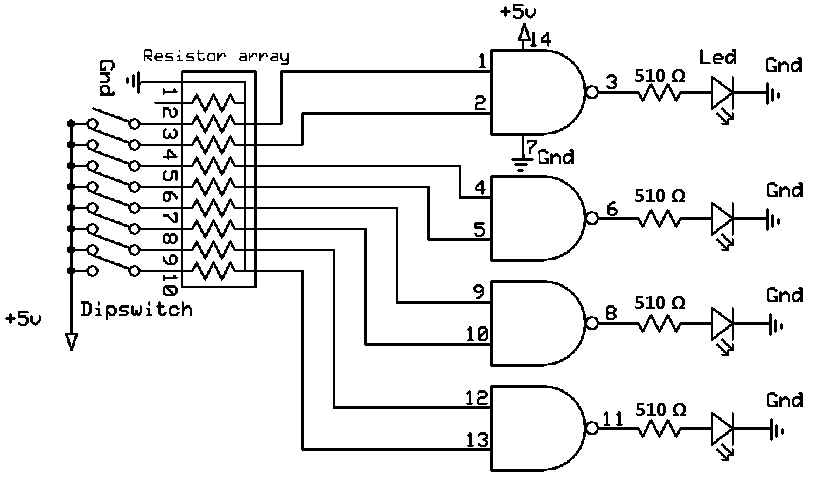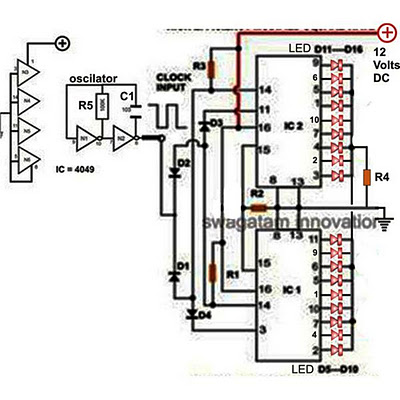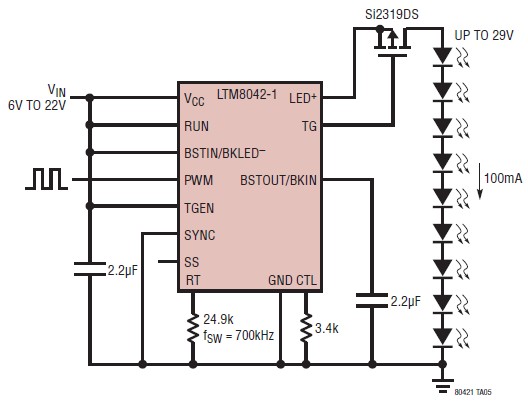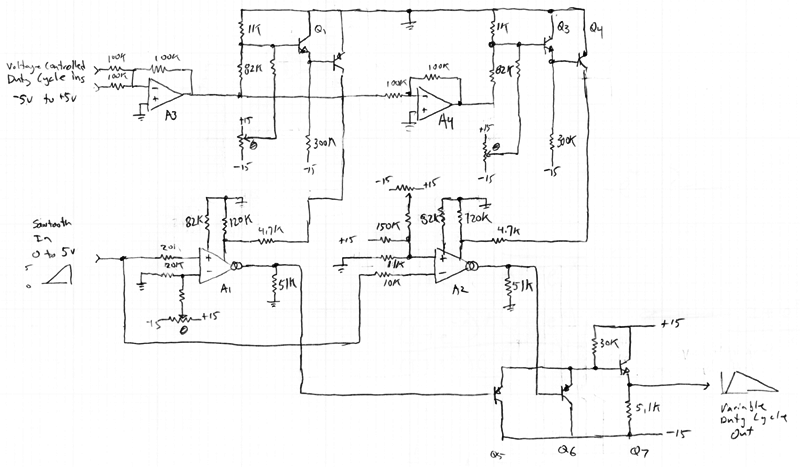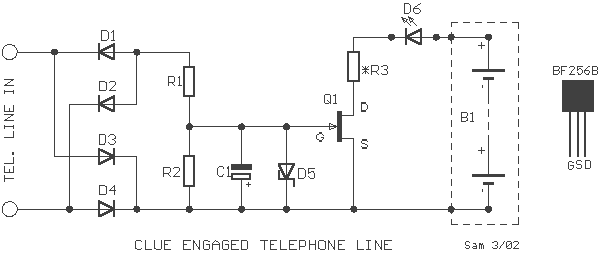
Led indicates logic states
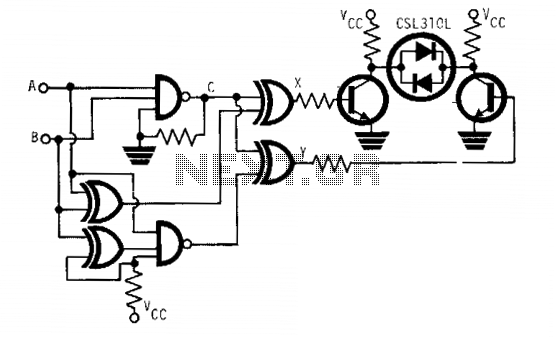
The CSL310L is a dual-color LED that incorporates a red LED and a green LED arranged back to back within a single housing. This LED can emit either red or green light depending on the polarity of the applied voltage. By alternating the polarity at a frequency of several hundred Hertz, the emitted light appears yellow. Consequently, the four combinations of input signals A and B can be translated into four distinct LED states: red, green, yellow, and off.
The truth table illustrates the relationship between the input combinations of signals A and B and the resulting LED colors.
The CSL310L LED operates based on the principle of electroluminescence, where the direction of the current determines which LED is activated. When a positive voltage is applied to the anode of the red LED while the cathode is connected to ground, the red LED lights up. Conversely, when the polarity is reversed, and a positive voltage is applied to the green LED, it illuminates.
When the polarity is switched rapidly, the human eye perceives the mixture of red and green light as yellow due to the additive color mixing principle. This phenomenon is particularly useful in applications where a visual indication of different states is required, such as in status indicators or signaling devices.
The truth table for the CSL310L LED can be summarized as follows:
| Input A | Input B | LED State |
|---------|---------|------------|
| 0 | 0 | Off |
| 0 | 1 | Red |
| 1 | 0 | Green |
| 1 | 1 | Yellow |
In this table, the states of inputs A and B determine the output color of the LED. When both inputs are low (0), the LED remains off. When input A is low and input B is high (0, 1), the red LED is activated. When input A is high and input B is low (1, 0), the green LED is activated. Finally, when both inputs are high (1, 1), the LED emits yellow light, resulting from the combined output of both LEDs.
This dual-color LED design is beneficial for applications requiring clear visual feedback, allowing for efficient communication of status or alerts through color changes.The LED is the CSL310L which contains a red LED and a green LED connected back to back and mounted close together in a single moulding. The LED can emit red or^green light by controlling the polarity of the applied voltage and if the polarity is switched at a rate of several hundred Hertz the emitted light appears yellow.
The four combinations of inputs A and can therefore be converted to four LED states—red, green, yellow and off. The truth table shows the LED colors corresponding to the combinations of A and levels. 🔗 External reference
The truth table illustrates the relationship between the input combinations of signals A and B and the resulting LED colors.
The CSL310L LED operates based on the principle of electroluminescence, where the direction of the current determines which LED is activated. When a positive voltage is applied to the anode of the red LED while the cathode is connected to ground, the red LED lights up. Conversely, when the polarity is reversed, and a positive voltage is applied to the green LED, it illuminates.
When the polarity is switched rapidly, the human eye perceives the mixture of red and green light as yellow due to the additive color mixing principle. This phenomenon is particularly useful in applications where a visual indication of different states is required, such as in status indicators or signaling devices.
The truth table for the CSL310L LED can be summarized as follows:
| Input A | Input B | LED State |
|---------|---------|------------|
| 0 | 0 | Off |
| 0 | 1 | Red |
| 1 | 0 | Green |
| 1 | 1 | Yellow |
In this table, the states of inputs A and B determine the output color of the LED. When both inputs are low (0), the LED remains off. When input A is low and input B is high (0, 1), the red LED is activated. When input A is high and input B is low (1, 0), the green LED is activated. Finally, when both inputs are high (1, 1), the LED emits yellow light, resulting from the combined output of both LEDs.
This dual-color LED design is beneficial for applications requiring clear visual feedback, allowing for efficient communication of status or alerts through color changes.The LED is the CSL310L which contains a red LED and a green LED connected back to back and mounted close together in a single moulding. The LED can emit red or^green light by controlling the polarity of the applied voltage and if the polarity is switched at a rate of several hundred Hertz the emitted light appears yellow.
The four combinations of inputs A and can therefore be converted to four LED states—red, green, yellow and off. The truth table shows the LED colors corresponding to the combinations of A and levels. 🔗 External reference
